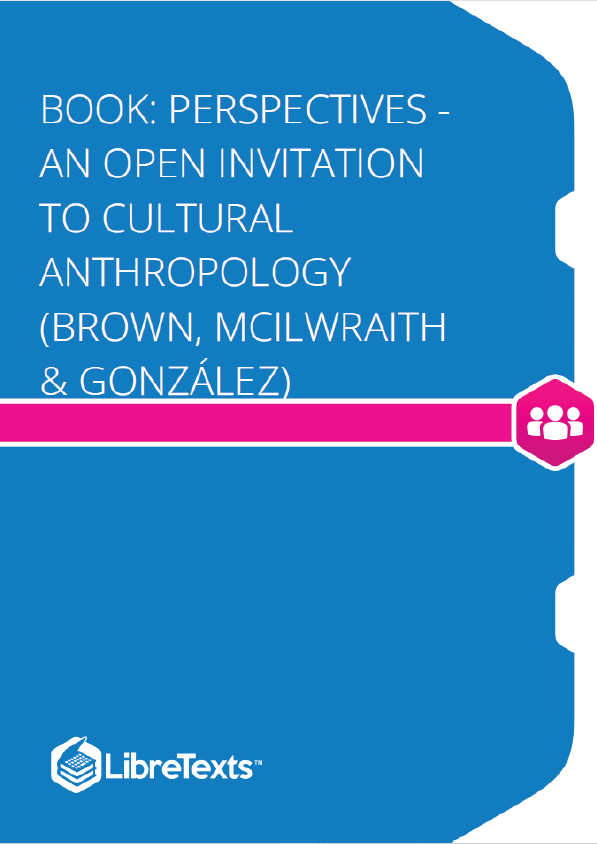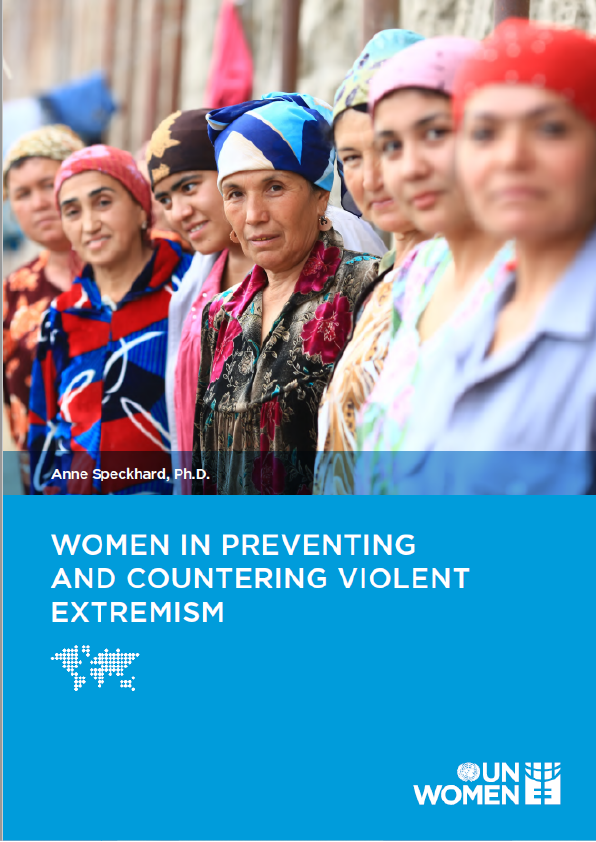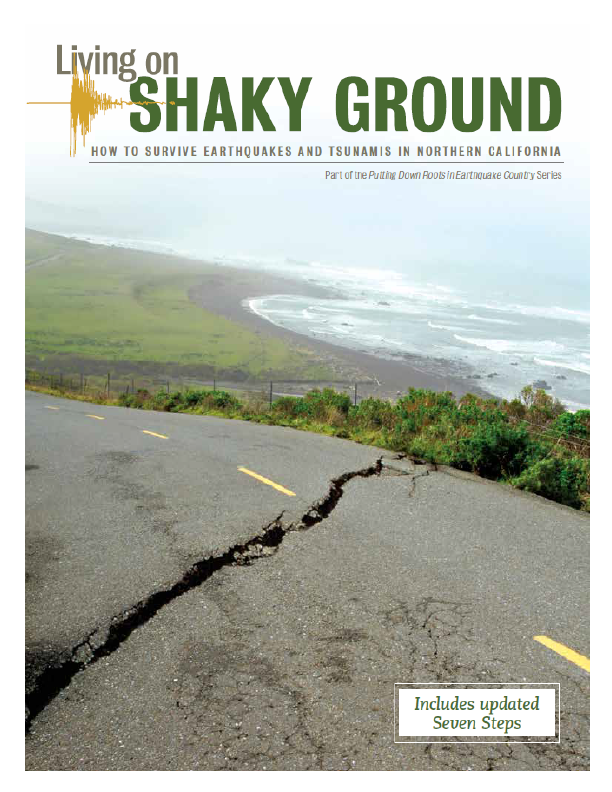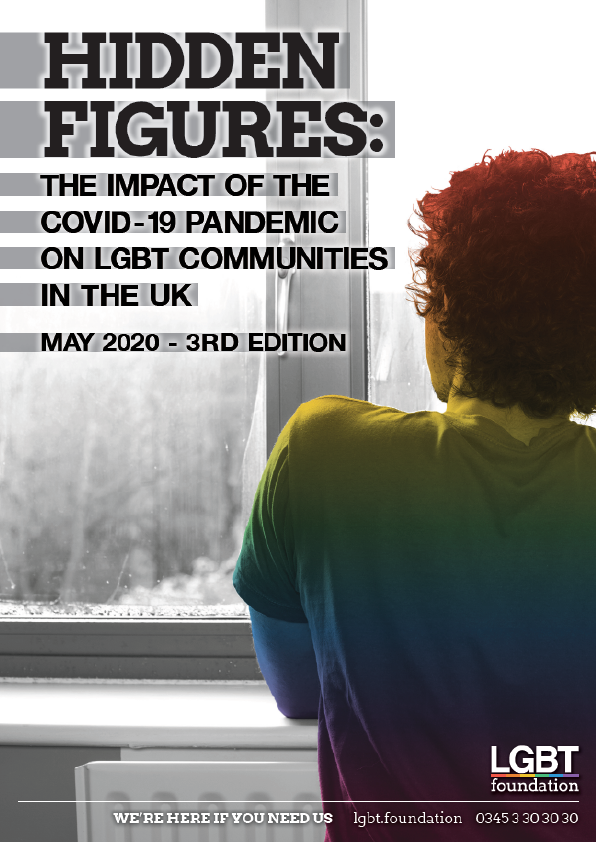The first peer-reviewed open access textbook for cultural anthropology courses. Produced by the Society for Anthropology in Community Colleges and available free of charge for use in any setting.
Anthropology is the study of humankind, otherwise known as Homo sapiens, the wise primate. It is about our history, our prehistory before written records, our biology, our language, our distribution of peoples all over the planet, and the cultural and social aspects of our existence. The methods we use on this journey are varied and eclectic—an unusual discipline. What is perhaps unique about anthropology is its global quality, its comparative potential, and its integrative possibilities, which result from its examination of histories, biologies, languages, and socio-cultural variations. As a discipline, it is unusual because it is both soft and hard, including science as well as the humanities, between nature and culture, the past and the present, searching for new ways to understand the human condition. We are an academic discipline with porous boundaries that has refused to specialize and as a result can claim to have made enormous contributions to understanding what it means to be human. Anthropology is a young discipline, in only its fourth generation, one of the first of the new sciences along with ecology.
In the nineteenth century, archaeology challenged short chronologies of biblical origin with longer time depth, while biological and cultural anthropology questioned stereotyped thinking about race and ethnicity. Socio-cultural anthropology moved from armchair theorizing to first-hand fieldwork and, with the concept of cultural relativism, challenged predominant theories of the day, including scientific theories. We know that science is created by humans so it is bound to have human limitations, human error, human ignorance. Such realizations made us think about how knowledge is created and challenge the idea that western ways of thinking are the only source of truth. Early climate predictions were available in Peru before the arrival of European colonizers.
A central concept in our discipline is the idea of culture, a concept that changed how we explain human differences. Edward Burnett Tylor (1832–1917) was an English Quaker who, because of religious prejudice, could not enroll in any English universities and so went to work in his father’s business. However, in his mid-twenties he became ill, and his doctor recommended rest and travel. Tylor traveled first to Cuba and then to Mexico for six months. While the idea of culture was not new, Tylor used the concept to make sense of what he learned from his travels. In his 1871 book, Primitive Culture, he defined the idea: “Culture or civilization, taken in its ethnographic sense, is that complex whole which includes knowledge, beliefs, art, morals, law, custom, and any other capabilities and habits acquired by man as a member of society.”1 We are all human, something that Columbus was not so sure about in 1492 when he first encountered the Caribs or, more generally, the Amerindians. Before Tylor, differences were explained as due to climate differences or even as God’s choice, wrong-headed ideas about difference. Tylor’s cross-cultural approach opened new vistas in nineteenth-century anthropology.
In North America, Lewis Henry Morgan (1818–1881), a lawyer who had grown up amid the Iroquois, wrote League of the Iroquois in 1851. He noticed that their terms for kinfolk were not classified in the same way as English terms. Terminology for cousins was different depending on whether the maternal or fraternal line was credited. As a lawyer for the New York Central Railroad, he had noticed other differences among speakers of other languages as well. Morgan began to collect kinship terminologies from all over the world, and in 1871 he published his master work, Systems of Consanguinity and Affinity, which would influence French anthropologist Claude Lévi-Strauss.











